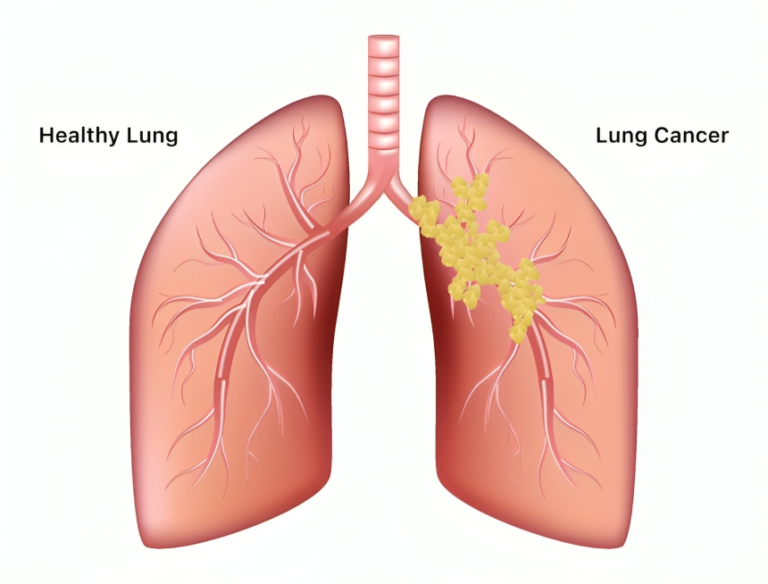Diagnostic Procedures For Detecting Head And Neck Cancer
Head and neck cancers encompass a broad spectrum of malignancies affecting various structures in the region, including the oral cavity, pharynx, larynx, paranasal sinuses, nasal cavity, and salivary glands. Timely and accurate diagnosis is crucial for initiating appropriate treatment and improving patient outcomes. A range of diagnostic procedures is employed by healthcare professionals to identify head and neck cancer, each serving a unique purpose in the diagnostic pathway.
TO KNOW MORE ABOUT IT PLEASE CLICK HERE
Clinical Examination
The initial step in diagnosing head and neck cancer often involves a comprehensive clinical examination conducted by an otolaryngologist (ENT specialist) or head and neck surgeon. This examination includes a thorough assessment of the patient’s medical history, risk factors, and symptoms, followed by a physical examination of the head and neck region. The healthcare provider inspects the oral cavity, throat, neck, and other relevant areas for any abnormalities, such as lumps, ulcers, or changes in tissue texture.
Endoscopy
Endoscopic procedures, such as nasopharyngoscopy, laryngoscopy, and pharyngos copy, play a crucial role in visualizing the internal structures of the head and neck. During an endoscopy, a thin, flexible tube equipped with a camera (endoscope) is inserted through the nose or mouth to examine the nasal passages, throat, larynx, and other areas. This allows healthcare providers to directly visualize any suspicious lesions, tumors, or abnormalities.
Biopsy
Biopsy is the definitive diagnostic procedure for confirming the presence of cancerous cells in suspected lesions or tumors. During a biopsy, a small sample of tissue is collected from the affected area using specialized instruments. The tissue sample is then sent to a pathology laboratory, where it is analyzed under a microscope by a pathologist to determine the presence of cancer cells, their type, grade, and other characteristics. Different biopsy techniques may be employed depending on the location and size of the lesion, including incisional biopsy, excisional biopsy, fine-needle aspiration biopsy, and core needle biopsy.
Imaging Studies
Various imaging modalities are utilized to evaluate the extent and spread of head and neck cancer, as well as to aid in treatment planning. Common imaging studies include:
- Computed Tomography (CT) Scan: Provides detailed cross-sectional images of the head and neck region, helping identify the size, location, and involvement of tumors, as well as the presence of metastases in nearby lymph nodes or distant organs.
- Magnetic Resonance Imaging (MRI): Offers superior soft tissue contrast and is particularly useful for assessing tumors in critical areas such as the brain, skull base, and neck.
- Positron Emission Tomography (PET) Scan: A functional imaging technique that detects metabolic activity in tissues, helping determine the extent of cancer spread and identify distant metastases.
- X-rays, Ultrasound, and other imaging modalities may also be used in specific cases to complement the diagnostic evaluation.
Molecular and Genetic Testing
Advances in molecular and genetic testing have revolutionized the diagnosis and management of head and neck cancer. These tests analyze the genetic makeup of cancer cells to identify specific mutations, biomarkers, or molecular alterations that may influence treatment decisions, prognosis, or response to targeted therapies. Examples include testing for human papillomavirus (HPV) in oropharyngeal cancer, EGFR mutations in certain types of head and neck squamous cell carcinoma, and gene expression profiling for personalized treatment strategies.
Sentinel Lymph Node Biopsy
In cases where there is suspicion of lymph node involvement, sentinel lymph node biopsy may be performed to assess the status of regional lymph nodes and guide treatment decisions. This minimally invasive procedure involves injecting a tracer dye or radioactive substance near the tumor site to identify the sentinel lymph node(s) draining the area of interest. The sentinel node(s) are then surgically removed and examined for the presence of cancer cells, providing valuable information about the spread of the disease.
conclusion
the diagnosis of head and neck cancer relies on a combination of clinical evaluation, imaging studies, biopsy, and molecular testing to accurately characterize the disease and formulate an appropriate treatment plan. Early detection and prompt intervention are essential for improving patient outcomes and reducing morbidity associated with head and neck cancer. A multidisciplinary approach involving ENT specialists, oncologists, radiologists, pathologists, and other healthcare professionals is crucial for achieving optimal results in the management of this complex condition.








